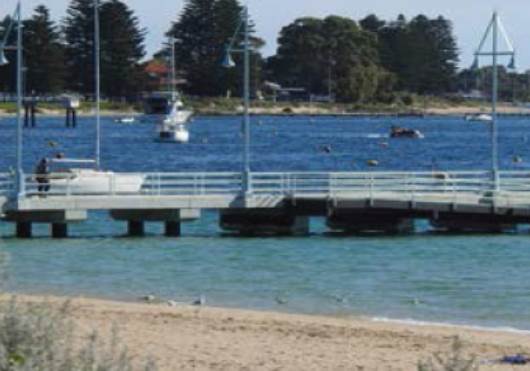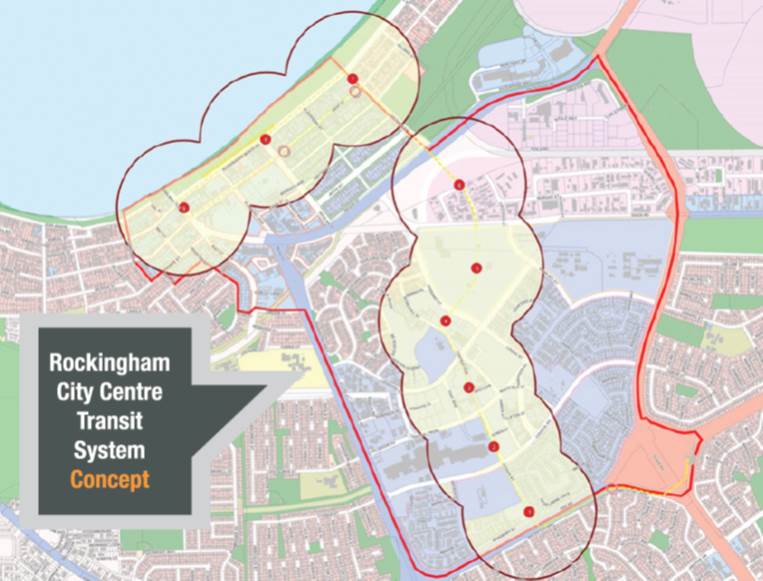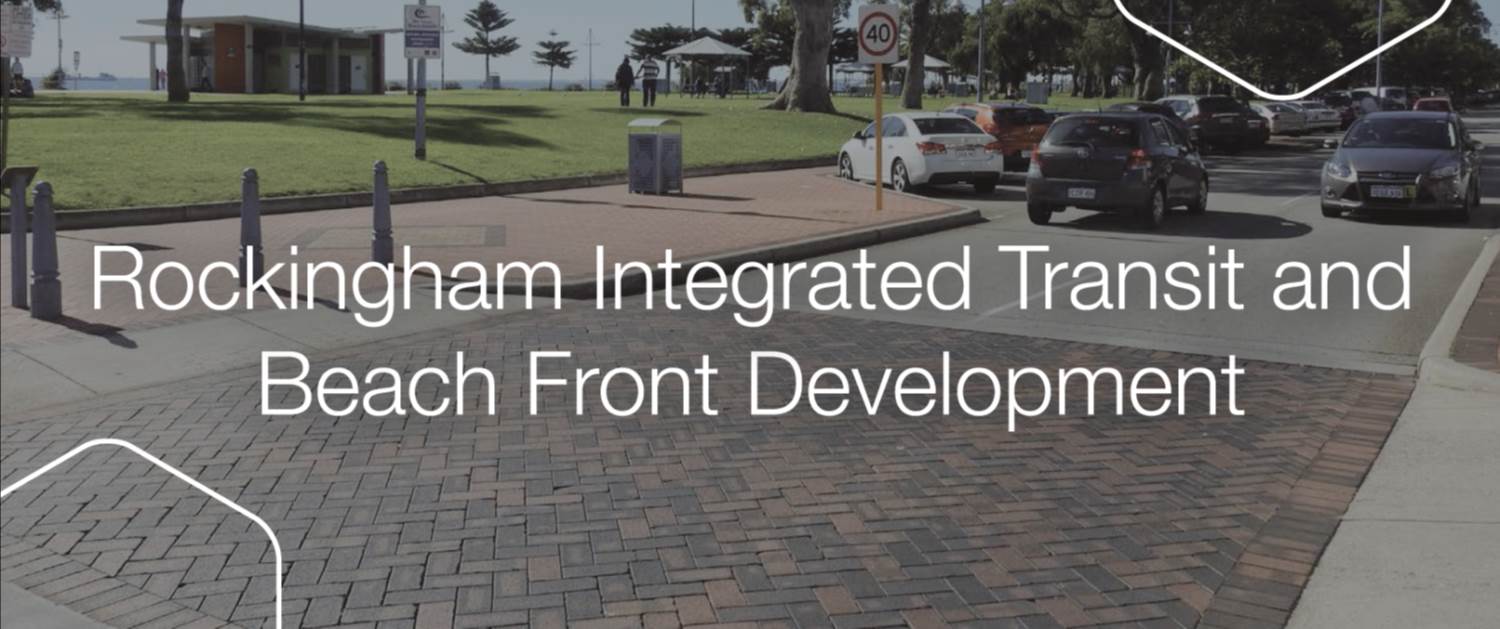Advocacy Sheet Download
The Issue
 Rockingham is a significant tourist destination for national and international visitors with over 600,000 visitor nights annually. It also supports Australia’s major naval facility with over half of the Australian fleet based on the west coast at HMAS Stirling.
Rockingham is a significant tourist destination for national and international visitors with over 600,000 visitor nights annually. It also supports Australia’s major naval facility with over half of the Australian fleet based on the west coast at HMAS Stirling.
The City of Rockingham is one of the fastest growing areas in Australia growing by 17,000 residents in the past five years to a population of over 131,500 in 2017. The population is forecast to grow to almost 172,000 by 2026 and 193,000 by 2036.
High population growth increases the demand for local jobs. Rockingham typically has a 2% higher unemployment rate than Metropolitan Perth. The local workforce (67,260) is almost twice the size of the number of local jobs (35,616) and the tourism is seen as a key expansion industry to create local jobs.
The Rockingham City Centre Transit System (RCCTS) arose from a commitment by the Western Australian Government in 2001 to build a light rail linking the Rockingham Train Station, Rockingham City Centre, Murdoch University education precinct and the Rockingham Foreshore.
Since 2007, the transit route has been serviced by a CAT shuttle bus service operating at 15 minute intervals, via a combination of existing road and dedicated transit lanes with priority signalised traffic lights at some intersections.
The Opportunity
In 2015, the City of Rockingham developed a Masterplan for the redevelopment of the Rockingham Beach Foreshore.
As a result of an extensive community consultation process, the Master Plan identified the following ambitions:
- Provide an innovative upgrade that retains the best elements of the existing foreshore
- Be focussed on activation of these areas following construction
- Integrate foreshore businesses and the parks area into a seamless whole
- Provide reasons unique to the region, and Western Australia for people to want to visit the Rockingham Beach Foreshore
- Provide a high quality space and environment that residents of Rockingham cab be proud of
- Incorporate a strong point of difference to other beachside developments, particularly in the region, but also across Australia; and
- Bring to life the stories inherent in the local heritage through design of its elements. This include Garden Island Naval Base, Rockingham’s maritime
history and local Wakai beliefs.
The delivery of the Rockingham Beach Foreshore Master Plan (Stage 2) and the RCCTS is seen as a major opportunity to catalyse private sector and State Government investment in Rockingham and to stimulate growth of local employment.

What is the opportunity worth?
Implementation of the $15.75 million Stage 1 Rockingham Beach Foreshore Master Plan is currently underway. This project was partially funded under a
Federal Govemment grant process, and is due for completion by September 2019.
The delivery of Stage 2 is estimated to cost $30 million and includes a maritime playground, shared street, interpretive sites , a sea wall, kiosks, an event lawn active youth node, play areas, toilets and revegetation.
If nothing is done unemployment in Rockingham is predicted to rise to 8,257 by 2036.
If local jobs were created It will reduce traffic congestion and vehicles trips to employment nodes outside of the local area and benefit local retailers and traders from more localised spending.
The delivery of Stage 2 of the RCCTS is seen as a vital catalyst to stimulate investment and contribute to the economic development of the Rockingham City Centre, the Murdoch University education precinct and the Rockingham Foreshore.
In addition, the delivery of Stage 2 of the Rockingham Beach Foreshore Master Plan and the RCCTS is expected to deliver an estimated $2.4 billion economic stimulus to the region.
Our ask of Government
Partner with the City of Rockingham to deliver Stage 2 of the Rockingham Beach Foreshore Master Plan and deliver the Rockingham City Centre Transit System.



